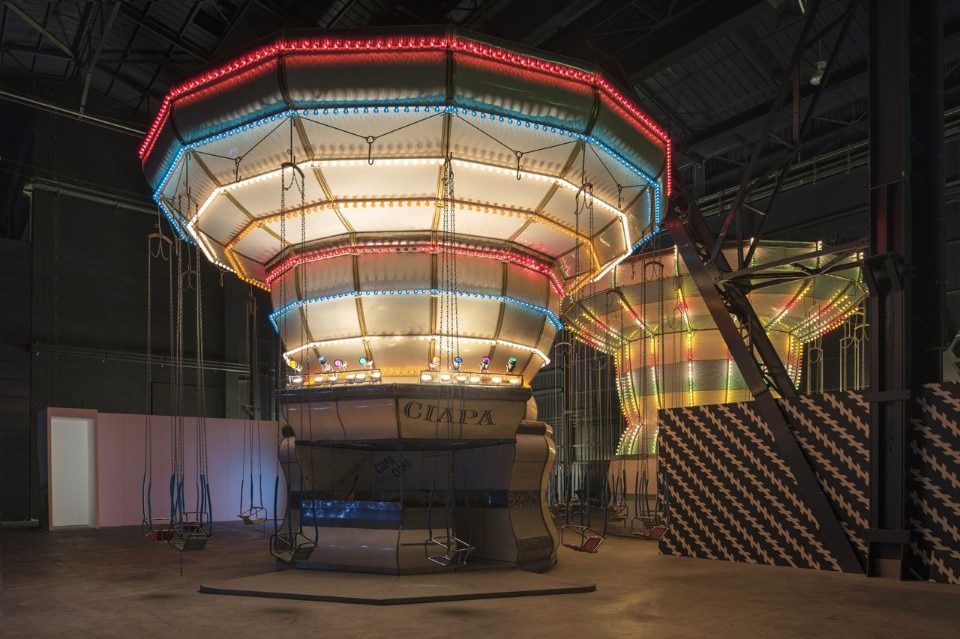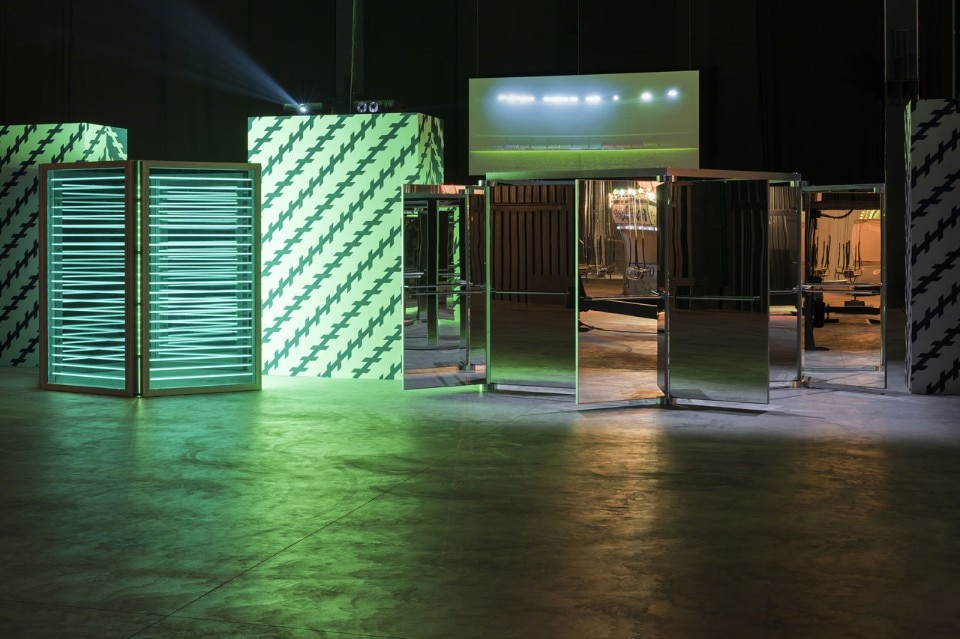
Then, come to a fork, they have to decide towards which of the two dazzling walls eaten away by the neon lights of Division Walls (2016) they wish to turn. The decision can range from the analytical to the emotional.
“I’m going left”, says my friend without hesitation. Not even time to blink and I see her getting smaller and smaller as she disappears behind the green wall. I stand still for a moment, torn by this elementary dilemma – left or right? Green or yellow? – and slightly stunned by the inebriating pounding of the lights and a stinging neck pain I have been carrying around since I woke up. “I know now how Thomas must have felt before Mary Magdalen’s unflinching belief”, I think, while those behind me have clearly lost their patience at having the passage blocked by my impasse and walk around me, grunting their overly cautious “Excuse me, excuse me…”.
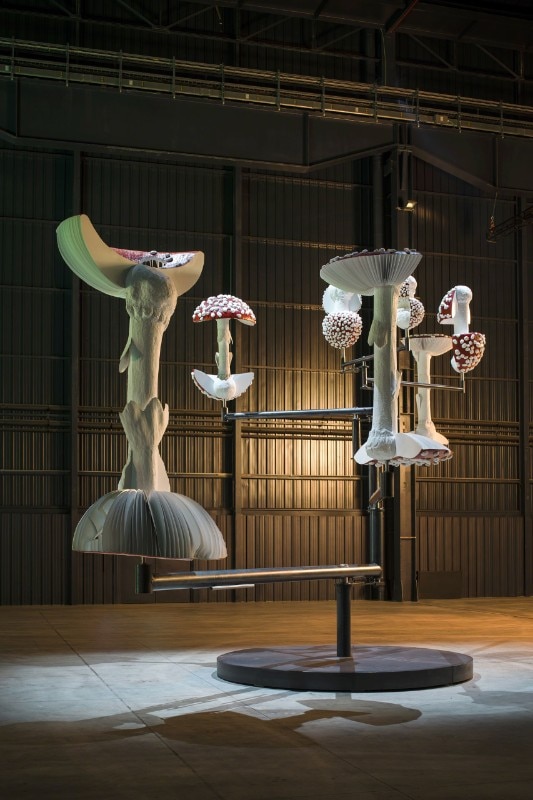
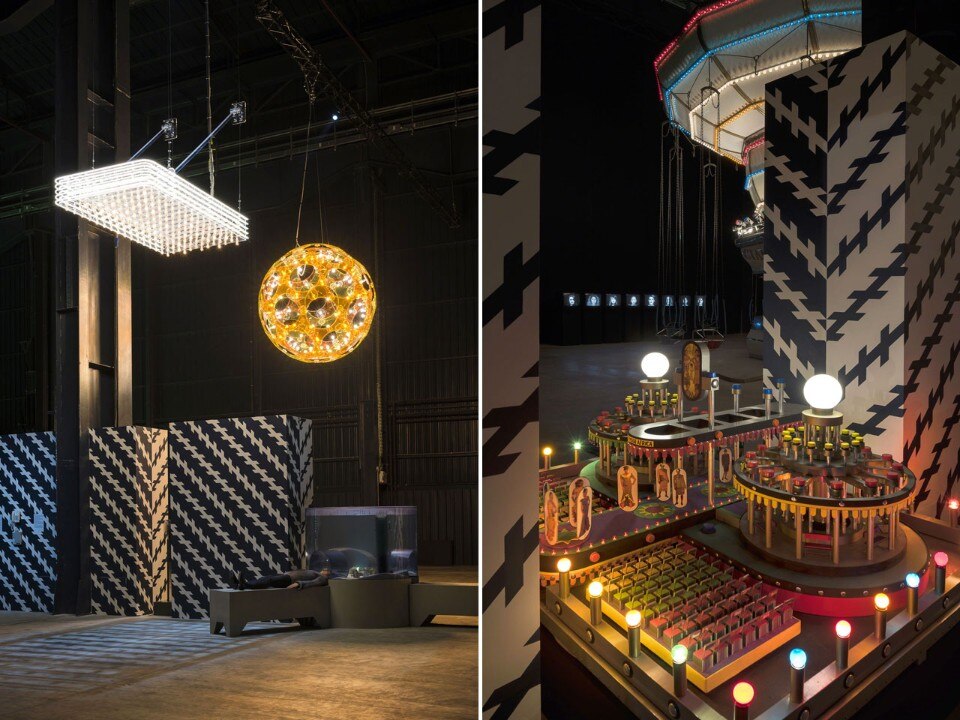
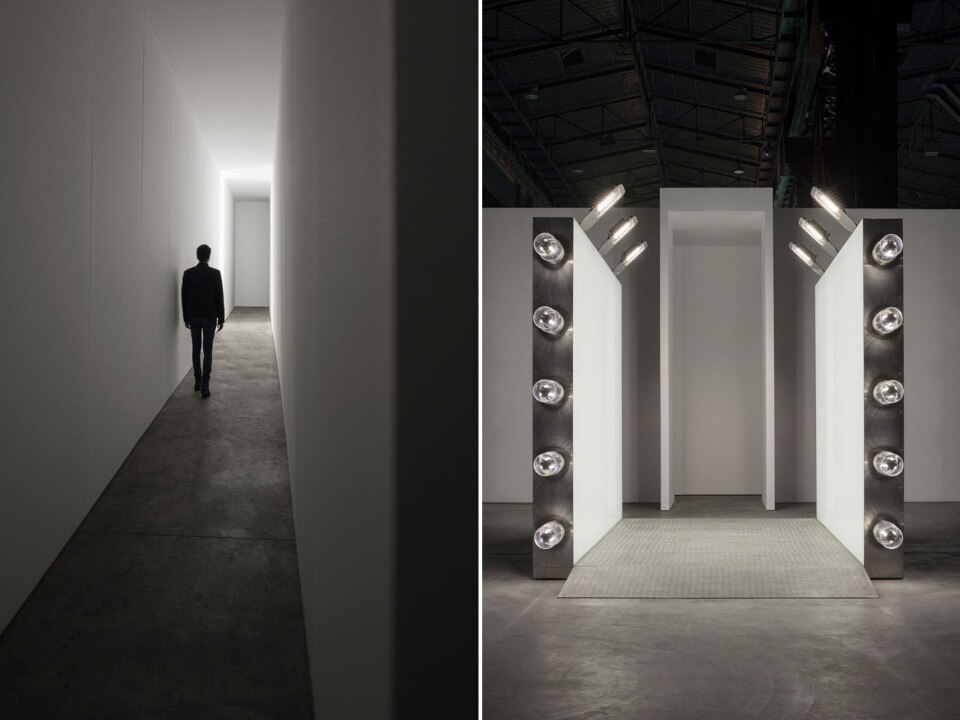
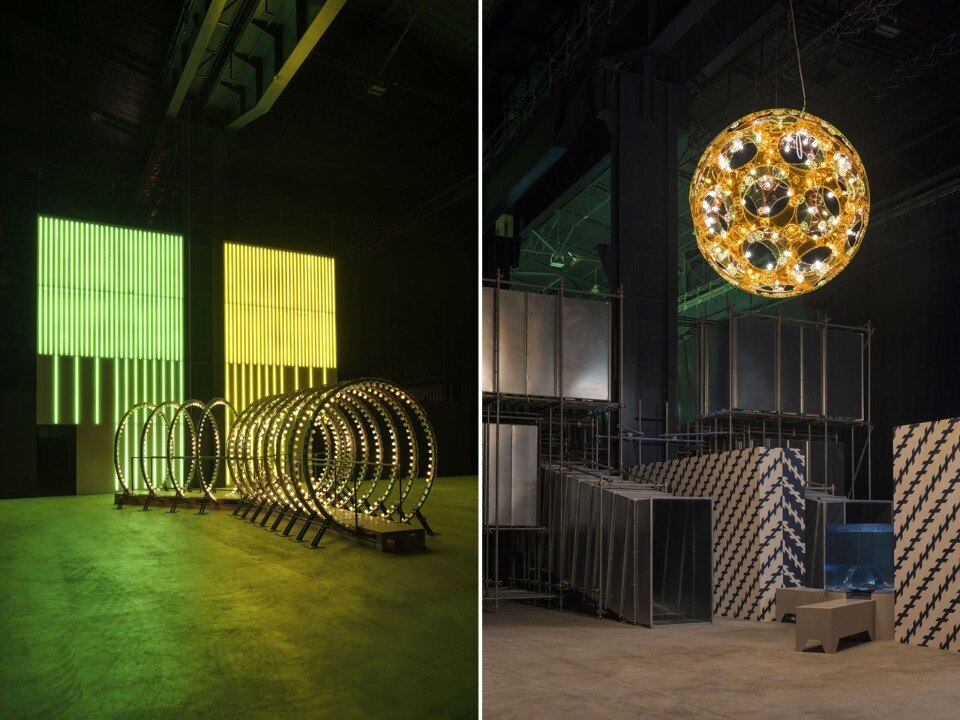
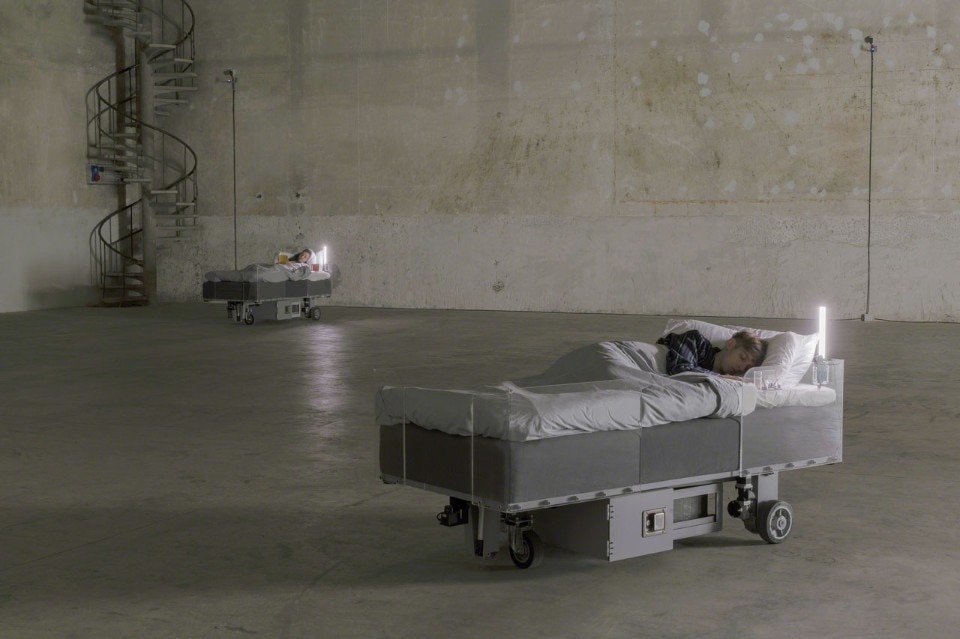
until 31 July 2016
Carsten Höller Doubt
Curator: Vicente Todolí
HangarBicocca
via Chiese 2, Milan


